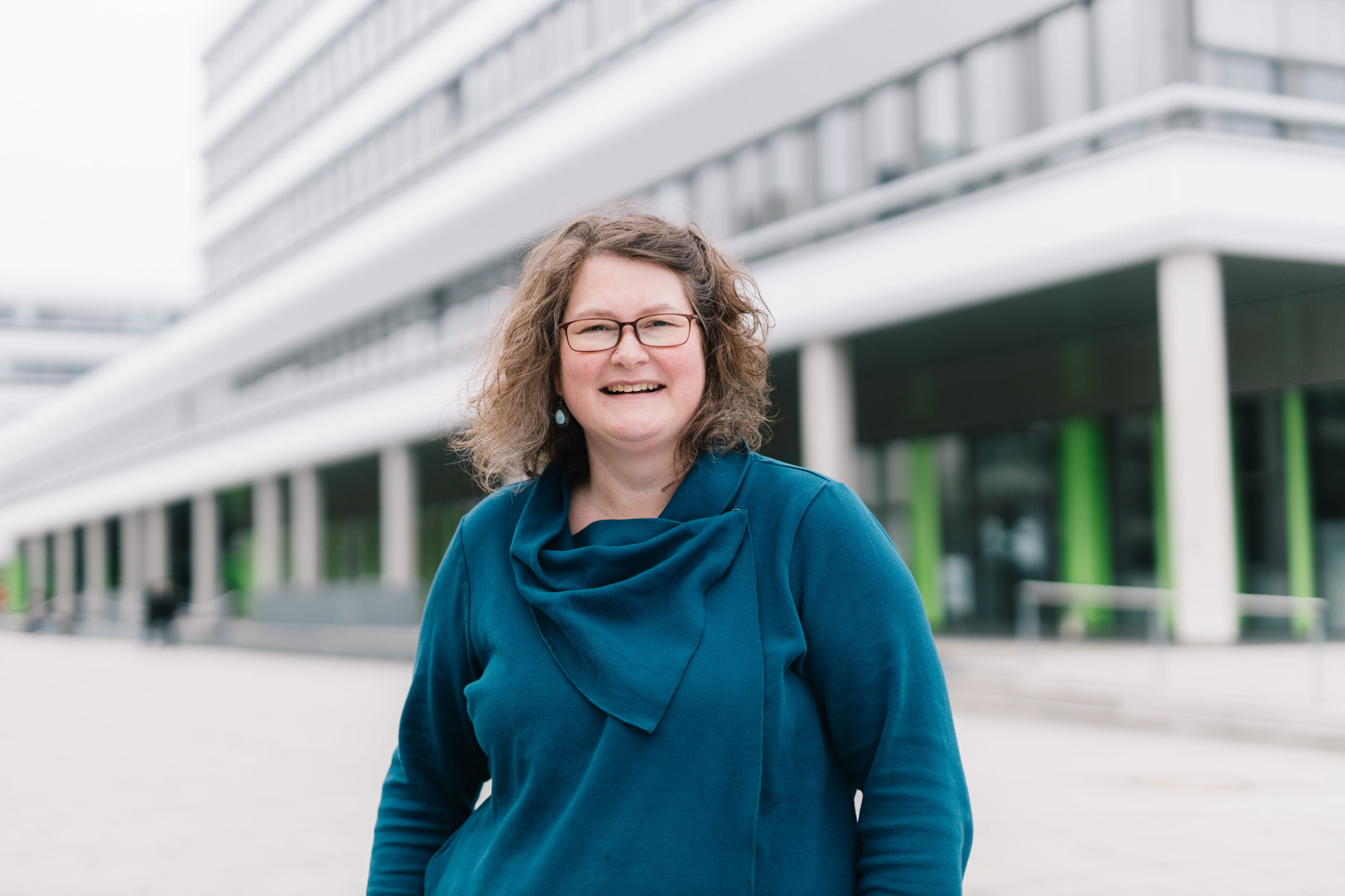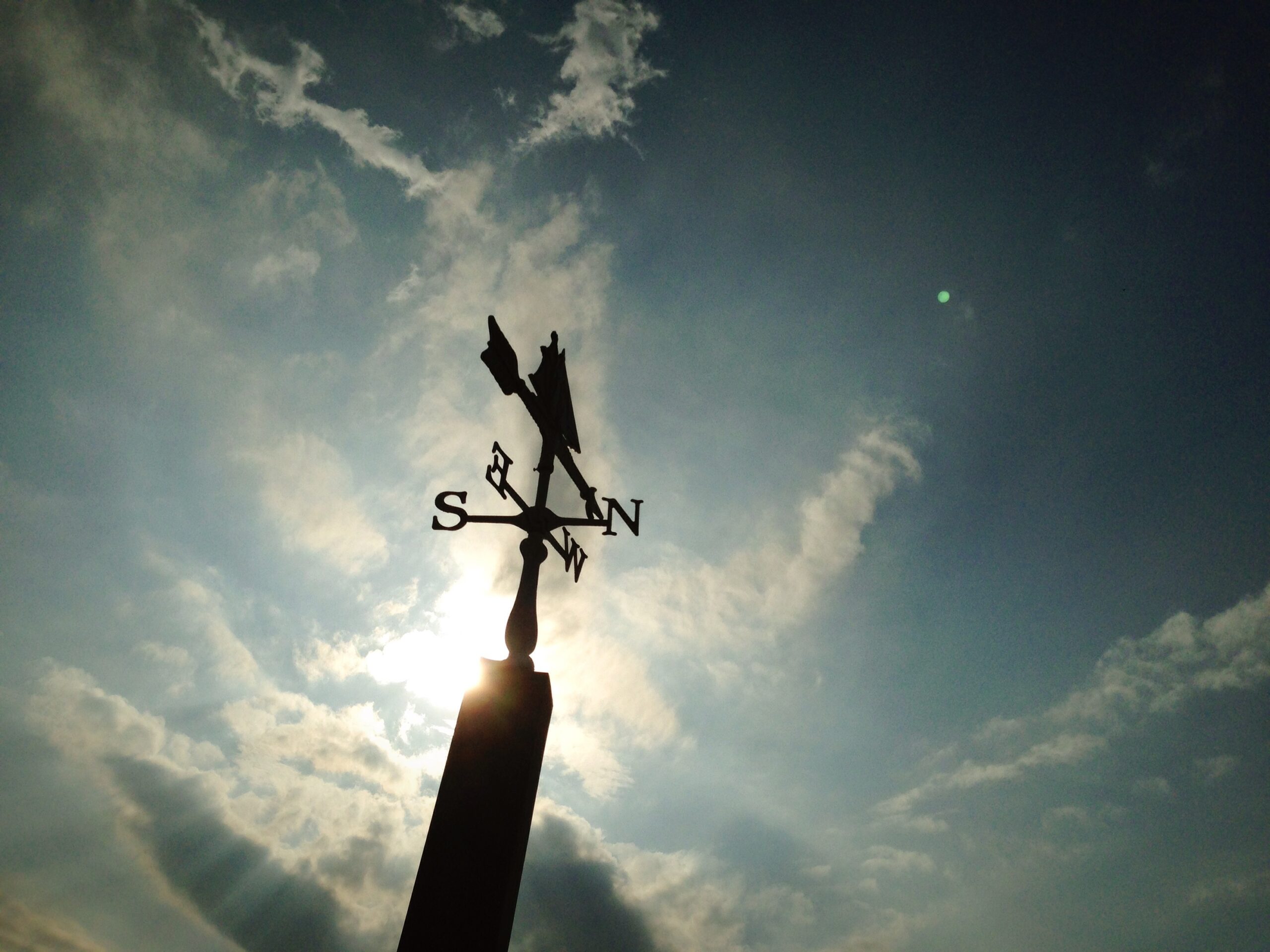Historians have always had to deal with uncertainty. By applying new digital methods, they are helping to take a new look at how to handle this issue.
Who is in the right: the Youtuber who gives supposedly simple answers to such phenomena as the coronavirus pandemic and has more than 30,000 likes, or the scientist who assesses, classifies, and cites various sources? How do we decide what is true? ‘I am observing a change here,’ says Dr Silke Schwandt. She is professor of digital history at Bielefeld University.
According to Schwandt, the 19th and 20th centuries were characterized by a strong belief in science. Nowadays, other values are also involved when people decide what they consider to be certain and uncertain. ‘Our everyday life is very complex, and new information is reaching us almost constantly. We have now become used to using likes to structure what we believe.’
Unclear prospects can generate fear
Uncertainty runs through everyday life: in its coverage of the war in Ukraine, for example, the Tagesschau daily television news points out that the information it is providing cannot be confirmed because it comes from warring parties. ‘That has become something like a general disclaimer,’ says Schwandt. ‘But I’m not at all sure whether it is in any way perceived as such.’
Uncertainty often generates fear—for example, with regard to climate change, diseases, or even quite banal issues such as how expensive flour, petrol, and oil will be in the near future. That’s why people tend to ignore it by, for example, gravitating towards supposedly simple answers.
Comparing the handling of uncertainty
In order to better understand how uncertainty is handled in today’s society, it can help to look at how earlier societies dealt with the issue—for example, in the Middle Ages. Schwandt is leading a sub-project on this topic in the Collaborative Research Centre 1288 ‘Practices of Comparing’. She also heads a subproject on digital humanities in this collaborative research centre.
‘What is held to be certain is always the outcome of a negotiation process,’ says the academic. ‘In the Middle Ages, this was organized through authorities.’ Orientation towards the Bible and the interpretations of the Church Fathers provided a lot of certainty. ‘However, we mustn’t forget that life in the Middle Ages was oriented towards the afterlife,’ says Schwandt. This world thus lost some of its importance: there was hope for a fulfilled life after death, even when people were currently facing diseases or a bad harvest.
Assessing the plausibility of unconfirmed information
However, there are uncertainties here as well—and specifically in research: ‘We always have to acknowledge that it is only a small sample of the people from this period about whom we know anything at all,’ says the professor. A large part of the medieval population could neither read nor write and thus could not put their own thoughts down in writing.
Uncertainty is always a major issue for academics, and especially in the field of history. Sometimes researchers have only a few sources from a certain era at their disposal. ‘I like to say that, as historians, we are professionals in handling uncertainty,’ says Schwandt. Academics assess how plausible a historical account is: what is probable, what is logical, what follows from the context? The outcome remains valid until a new finding possibly comes along and calls it into question.
Using algorithms to uncover hidden patterns in historical sources
In some cases, historians can also apply uncertainty actively. Previously, they had to rely on interpreting sources line by line themselves. ‘Now, thanks to digitization, we have new methods based on algorithms at our disposal,’ says Schwandt. ‘We can use these to generate a productive uncertainty that enables us to gain new insights.’
In concrete terms, algorithms allow new forms of access to sources: for example, they can analyse whether there are certain patterns in texts or which words and phrases are linked together particularly frequently. ‘They can also suggest what topic a text is addressing,’ says Schwandt.
But there is a catch: ‘We mustn’t blindly trust the digital methods and believe in the technology unconditionally,’ says the academic: ‘With the data generated by the software, we always acquire new uncertainty, and we also have to evaluate this in turn.’
Going public with new formats
Back to the social comparison: can we compare the interpretations of the Bible from the Middle Ages with today’s likes when it comes to who is an authority and decides what is true or false? To a certain extent, answers Schwandt, even if comparisons between the two forms of society can only be limited.
The question is how can science still go public and make itself heard. ‘One example I’ve thought about is YouTube formats,’ says Schwandt. ‘MrWissen2go and Mai Thi Nguyen-Kim have shown that something like this is possible and can be a great success. It is particularly these formats that present a successful way of dealing even with uncertain data by pointing out sources and identifying what is a personal opinion.’







